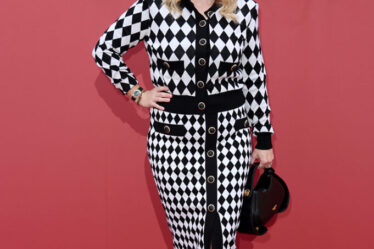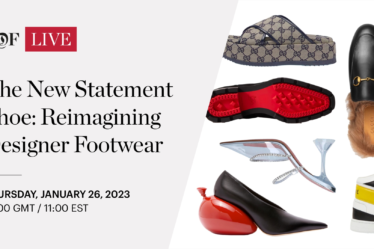
André Leon Talley’s life might have been simpler had he been a white debutante. Instead, he was a gay, Black man, with a baritone voice, a towering presence and an Ivy League education: a larger-than-life set of contradictions in a fashion world stuck in its ways.
Tally blazed a trail from Durham, North Carolina to the inner sanctum of fashion, where he worked as a journalist, stylist and creative director for four decades at Women’s Wear Daily, The New York Times, Ebony and other publications, before landing at American Vogue, where he became the magazine’s first Black creative director, his deep knowledge of fashion and relentless pursuit of beauty compensating for the perceived inadequacies of his race and size.
“He was so many things he wasn’t supposed to be,” said Whoopi Goldberg in the 2017 documentary “The Gospel According to André.” And yet he seldom sought recognition for this. “What matters most to André Leon Talley is the image in his head of a woman looking at the page and imagining herself on it, unaware of all that André Leon Talley has contributed to her imagination,” wrote Hilton Als in a 1994 New Yorker piece “The Only One.”
But Talley knew that he was a rare Black man in a largely white industry and what that meant. “From the beginning, André was very clear about being Black and being in the position that he had,” said journalist Constance White, who first met Talley in the ‘90s when she held his former post as WWD’s fashion director. “And with such a physical presence, he was always present.”
Tales of Talley’s imperious and impatient nature fed the misconception that he didn’t care to open doors for other Black people. But many say Talley’s support was critical to their careers.
Former model Sandi Bass recalls his behind-the-scenes efforts to promote Black talent, citing his 1979 WWD cover featuring Givenchy’s black model Cabine, as well as his general encouragement. “I wonder if it had not been for André, would we have gotten the coverage that we got? Would we have found the courage to even go forward? Because he would say, ‘Oh, you girls can do this’ or ‘You need to go to Rome or Tokyo.’ He was our mentor.”
“He moved clandestinely and understood which levels of power he did have, even if it was just a hint or a suggestion … or the act of bringing someone to a photoshoot,” said photographer, Pyer Moss creative director and Talley mentee Dario Calmese. “He was navigating places that we don’t have the historical context to really understand. But whenever he could, he did. And it was always hushed and behind the scenes. And that’s just how one moved at that time.”
“I wish fashion were an easier zone to navigate,” Talley told the New York Times in 2018. “It’s arctic: You have to get through so many icebergs. It’s very cruel, yet it can also be very exciting.”
White called Talley a Black leader, albeit in a nontraditional sense. “There are different kinds of leadership. He earned his position through his education and knowledge of fashion.”
“Something very important that people forget about André is his contribution to Black journalism,” added White. “We picture him making dramatic admonishments and being great on the Met Gala red carpet… But André was an excellent writer. And he was one of the original multi-hyphenates. He could style. He could write. He was a connector. He could creative-direct.”
But ultimately it was the symbolism of his achievement that meant the most for Black people: he did it, so you can, too.
“I’m going to say he made us want to do better. He made us want to love the industry even more than we loved it. And it was his presence that made you want to do better because you had to acknowledge what he achieved as a Black man,” said Bass.
“He was a beacon to that kid in Jamaica who wants to be a model, a designer, a fashion journalist. He was a beacon to that young woman at the HBCU [historically Black colleges and universities] in Florida who dreamt of getting into fashion,” said White. “In the most powerful sense, he was a role model and a source of inspiration for Black people who are both in fashion and desired to be in fashion. His influence is immeasurable.”
And yet despite his impact, Talley, in his later years, lacked a post befitting an elder statesman of fashion. How did he find himself on the outside, looking in? The answer is complicated. The deterioration of his personal relationships with powerful industry figures surely played a role. So did the rise of the internet, the decline of print and the shift from editors-at-large to influencers.
“At his peak, he knew everything that was going on everywhere in the industry, but a large part of his legacy was pre-internet,” noted designer Andre Walker. And yet plenty of white editors from the print era are still at the top of mastheads. Why wasn’t his Black excellence enough?



